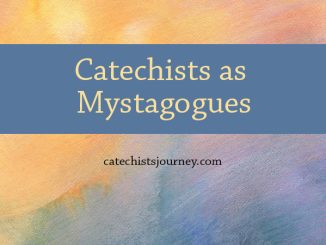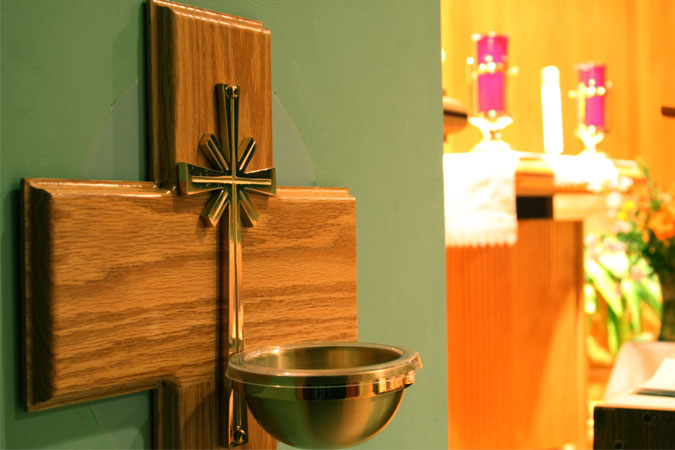
I’m sure you’re familiar with the word guru, someone who acts as a spiritual guide for others based on the notion that the spiritual path—the quest to connect with the Divine—is best not traveled alone. St. Teresa of Ávila said as much when she wrote in The Interior Castle:
It is very important for us to associate with others who are walking in the right way—not only those who are where we are in the journey, but also those who have gone farther. Those who have drawn close to God have the ability to bring us closer to him, for in a sense they take us with them.
A guru is not an old man with a long white beard dressed in white sitting atop a mountain. Rather, a guru is someone who has ventured farther than we have on the spiritual journey and has the ability to draw us with him or her as we seek the Divine. In Catholicism, we don’t use the word guru, however. Its closest match would be mystagogue (MIS-tuh-gawg)—someone who draws us deeper into the mystery of God.
Catechists are called to be not only teachers, but also mystagogues.
In fact, the new Directory for Catechesis states that the catechist is called to be:
a teacher and a mystagogue who introduces others to the mystery of God revealed in the Paschal Mystery of Christ; an icon of Jesus the teacher, the catechist has the twofold task of transmitting the content of the faith and leading others into the mystery of the faith itself. (113b)
This means that, while we most certainly transmit content and information, we do so with the context or climate of prayerful encounter with Divine Mystery. As teachers, we use textbooks, videos, and other resources to faithfully transmit the content of our faith. As mystagogues, we use signs, symbols, ritual, silence, music, movement, gesture, and storytelling—a language of mystery or mystagogy—to establish a climate of prayer that pervades all we do in catechesis.
One does not become a guru by going to “guru school.” One becomes a guru by encountering the Divine and then by earning the reputation as someone who can be trusted to lead others to do the same. Catechists do not become mystagogues by earning a degree in mystagogy. We do so by encountering the Divine Mystery in our own lives and then by leading others on that spiritual journey, helping them to learn to see the invisible that is made present in the visible signs of the Church’s liturgical and sacramental life.





Be the first to comment